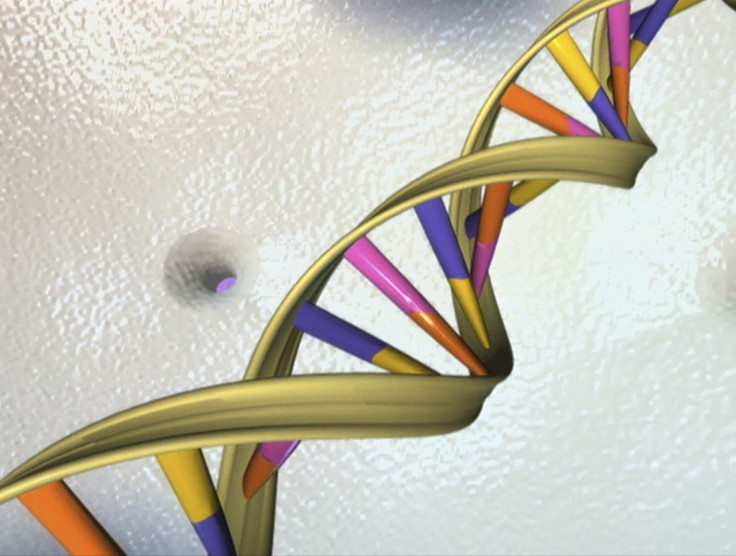CRISPR ‘Off Switch’ Discovered, Could Make Powerful Gene-Editing Tool More Precise

One of the key hurdles in using CRISPR-Cas9 as a genetic engineering tool is its lack of precision. Every now and then, CRISPR-Cas9, which evolved in bacteria as part of their defense mechanism against invading viruses, can cause unintended changes that result in unforeseen side-effects in the targeted cells.
A team of researchers from the University of California, San Francisco, has now discovered four “anti-CRISPR” proteins produced by bacterial viruses that can be used to increase the precision of the powerful gene-editing tool that is already being tested in human subjects.
“Just as CRISPR technology was developed from the natural anti-viral defense systems in bacteria, we can also take advantage of the anti-CRISPR proteins that viruses have sculpted to get around those bacterial defense,” Benjamin Rauch, a post-doctoral researcher at the university, and lead author of a study describing the findings, said in a statement released Thursday.
Many viruses are known to produce proteins that inhibit the function of what’s known as the class 1 CRISPR-Cas system. However, prior to this study, no proteins that could block the class 2 CRISPR-Cas9 system — the one that most labs now use as a gene-editing tool.
In order to discover class 2 CRISPR-Cas9 blocking proteins, the researchers looked for evidence of self-targeting in nearly 300 strains of Listeria monocytogenes bacteria. They reasoned that self-targeting would be a smoking gun evidence for the existence of virus that had successfully gotten through the Cas9 blockade and inserted their genes into the bacterial genome. This, in turn, would mean that the viruses contained some anti-CRISPR agent.
“Cas9 isn’t very smart,” study co-author Joseph Bondy-Denomy explained in the statement. “It’s not able to avoid cutting the bacterium’s own DNA if it is programmed to do so. So we looked for strains of bacteria where the CRISPR-Cas9 system ought to be targeting its own genome – the fact that the cells do not self-destruct was a clue that the whole CRISPR system was inactivated.”
Three percent of the bacterial strains showed evidence of self-targeting. From these cells, the researchers were able to isolate four distinct anti-CRISPR proteins.
The next step would be to see if these inhibitor proteins can actually reduce off-target gene-editing changes in human cells.
“We also want to understand exactly how the inhibitor proteins block Cas9’s gene targeting abilities, and continue the search for more and better CRISPR inhibitors in other bacteria,” Rauch said.
© Copyright IBTimes 2025. All rights reserved.






















